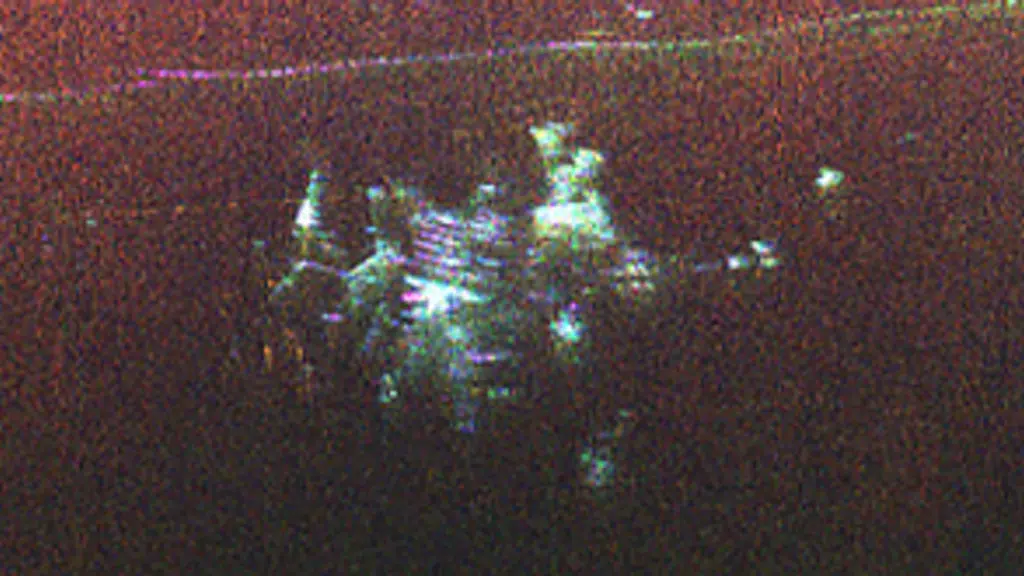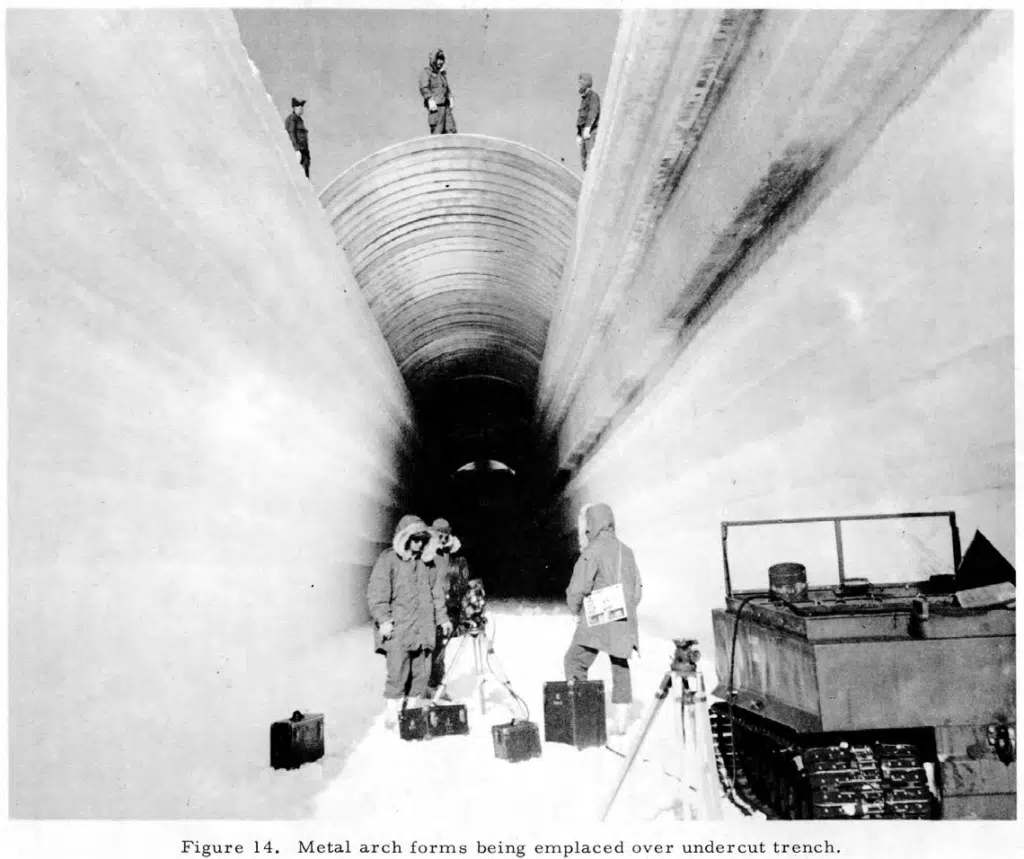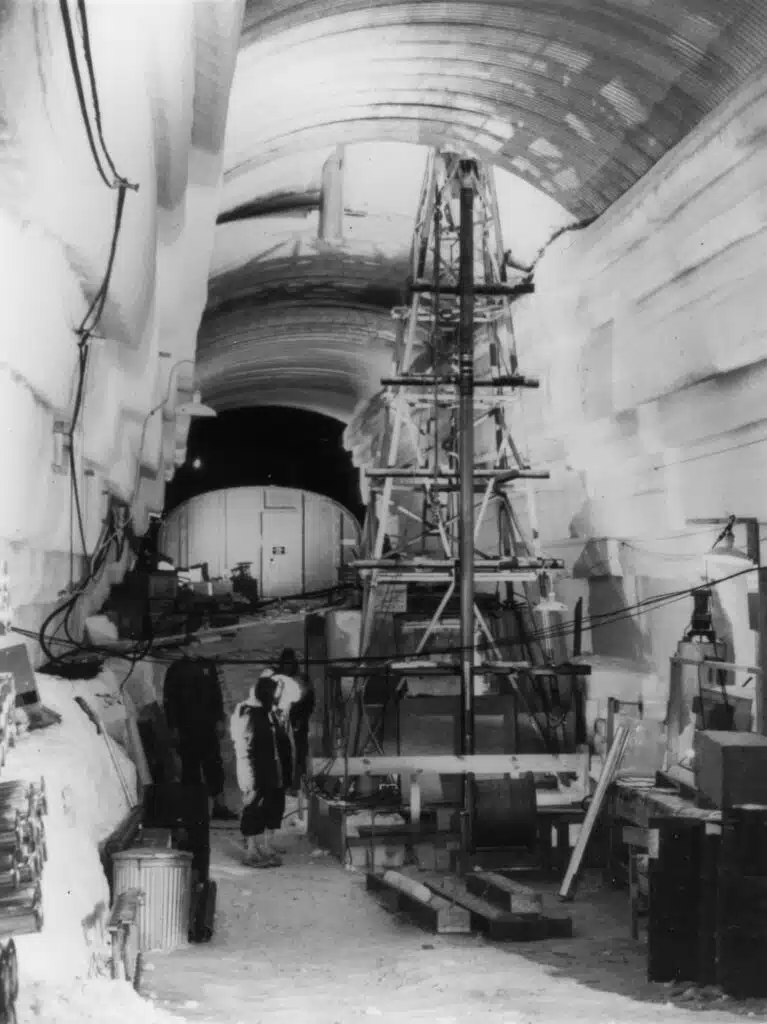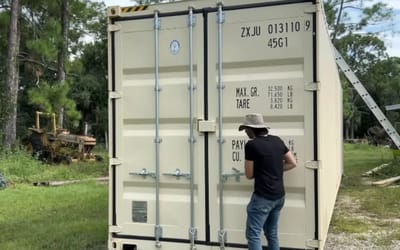NASA scientists discover abandoned underground city beneath ice sheet in Greenland
- NASA discovers an underground city below the ice in Greenland
- The hidden city is around 30 meters below the surface
- It was detected by high-tech NASA radar equipment
Published on Nov 28, 2024 at 6:25 AM (UTC+4)
by Claire Reid
Last updated on Nov 28, 2024 at 4:28 PM (UTC+4)
Edited by
Kate Bain
NASA has discovered an abandoned underground ‘city’ hidden beneath an ice sheet in Greenland.
The unusual discovery, which was given the rather unimaginative nickname ‘the city under ice’, was made when NASA scientist Chad Greene flew over Greenland in a Gulfstream III.
Greene and his team were monitoring a radar instrument as it probed an expansive ice sheet about 150 miles from Pituffik Space Base.
But they were initially left scratching their heads when the radar unexpectedly detected something 30 meters (100ft) below the surface.
DISCOVER SBX CARS: The global premium car auction platform powered by Supercar Blondie
NASA ‘didn’t know’ what the abandoned hidden city was
The US space agency is more than accustomed to making ground-breaking discoveries, such as this interesting find that could point towards life on Mars, or the confirmation of an invisible force that counters gravity.
However, there are times when even the great minds at NASA are stumped – and one such occasion occurred in April this year when the radar Greene was monitoring found something below the ice.

“We were looking for the bed of the ice and out pops Camp Century,” NASA’s Jet Propulsion Laboratory scientist Alex Gardner said.
“We didn’t know what it was at first.”
Officially named Camp Century, the underground ‘city’ was set up as a secret US military base back in 1959 during the Cold War.
The underground facility is made up of a network of tunnels
A large network of tunnels was carved out in the near-surface layer of the ice sheet by the U.S. Army Corps of Engineers.
The Camp also doubled up as a testing facility, but in 1967 it was decommissioned.
Camp Century was left abandoned, with those involved in the project assuming that it would remain hidden forever thanks to perpetual snowfall.


Previous airborne surveys that had flown over Camp Century had been able to detect signs of the secretive base below the surface, but it wasn’t until NASA’s UAVSAR (Uninhabited Aerial Vehicle Synthetic Aperture Radar) was mounted to the bottom of the Gulfstream III that a clear picture could be made.
“In the new data, individual structures in the secret city are visible in a way that they’ve never been seen before,” Greene, also a scientist at JPL, said.
The hidden city could be re-exposed in the future
Researchers were able to compare these new clearer images with historical maps of Camp Century and found that the parallel structures appeared to align with the tunnels that had been built to house an array of facilities.
The scientists have since been attempting to determine when the melting and thinning of the ice sheet could re-expose the camp and are using various instruments, including UAVSAR, to work out how thick the ice is.
“Without detailed knowledge of ice thickness, it is impossible to know how the ice sheets will respond to rapidly warming oceans and atmosphere, greatly limiting our ability to project rates of sea level rise,” Gardner said.
That means they might need to think of a new name for ‘the city under ice’.
Claire Reid is a journalist who hails from the UK but is now living in New Zealand. She began her career after graduating with a degree in Journalism from Liverpool John Moore’s University and has more than a decade of experience, writing for both local newspapers and national news sites. Claire covers a wide variety of topics, with a special focus on cars, technology, planes, cryptocurrency, and luxury.




